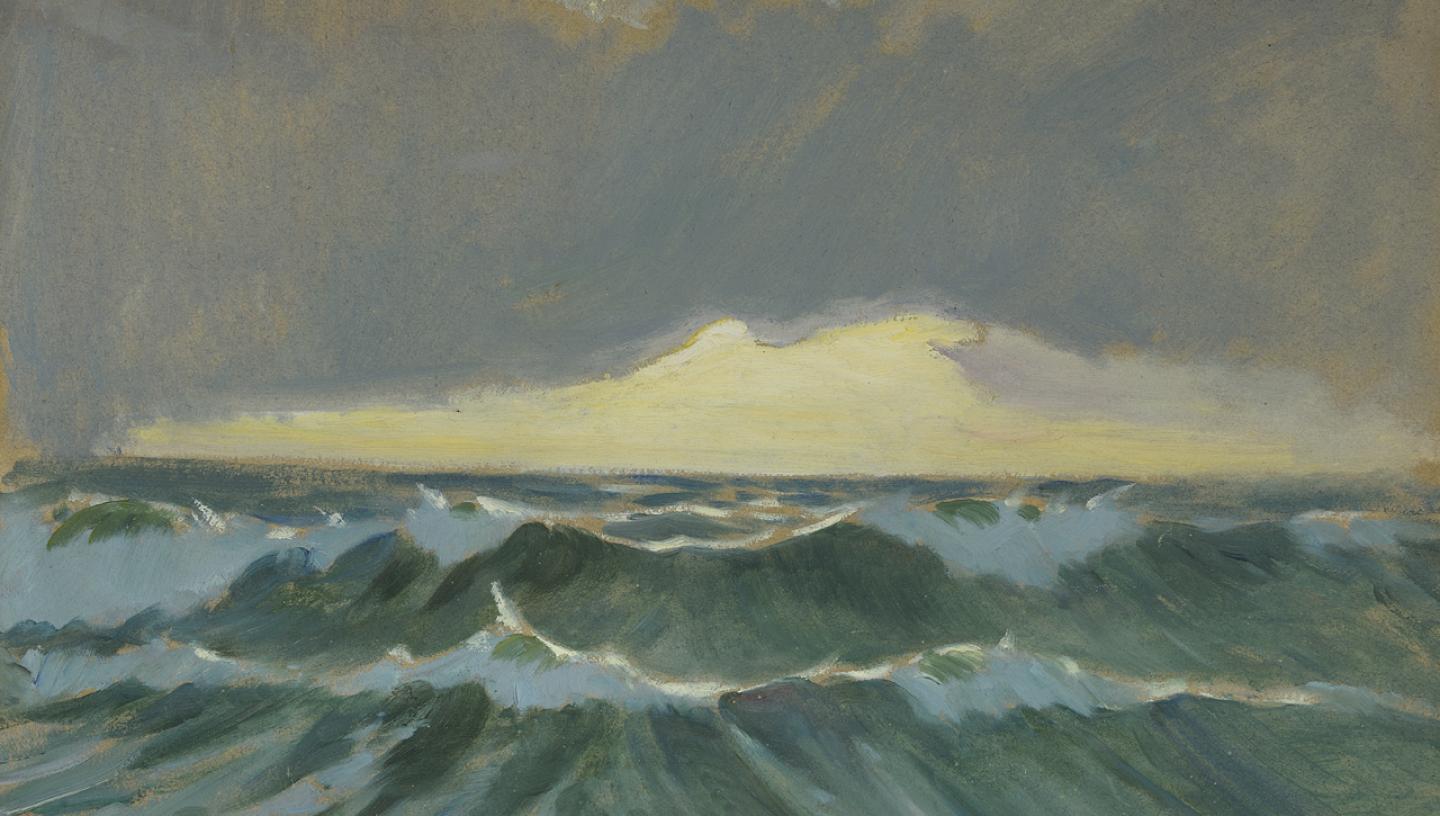
Tides and tidal forces
What can explain high tide at London Bridge as well as Nova explosions from white dwarfs?
Tides are due to the gravitational attraction of one massive body on another. We commonly think of the tides as being a phenomenon that we see in the sea. There are other instances of the effects of tidal forces though such as the drastic effect that a black hole has on nearby matter.
The Law of Gravity
Isaac Newton showed that the pull of gravity depended on three things; the masses of each of the two bodies and their distance apart. He showed that the force was inversely proportional to the square of the distance. This means that if we consider the gravitational pull of the Earth on a satellite, the force will be only a quarter if we double the distance from the centre of the Earth. The Sun is far more massive than the Moon yet, because it is much further away, its gravitational pull is less than half the Moon's.
Ocean tides
The tides which we see in the oceans are due to the pull of the Moon and the Sun. The simplest explanation is that the water on the side of the Earth closest to the Moon is pulled, by the Moon's gravitational force, more strongly than is the bulk of the Earth; whereas the water on the side furthest from the Moon is pulled less strongly than the Earth. The effect is to make bulges in the water on opposite sides of the Earth. The effect of the Sun's pull is similar and the tides that we see are the net effect of both pulls.
Spring and neap tides
When the pull from the Sun adds to that of the Moon the tides are large and we call them spring tides whereas when the pulls are at 90 degrees the tides are small and we call them neap tides. The heights of spring tides are governed by the distance of the Moon from the Earth, being largest when the Moon is closest to the Earth.
The frequency of the tides is determined by the apparent passage of the Moon around the Earth every day. In most places on the Earth we have two tides a day with the time of each becoming later from one day to the next by just under an hour a day.
The height of the tide at any one place is determined by the shape of the coastline and of the nearby continental shelf. The presence of shelving land masses and bays gives much greater range to the tides than is seen in mid-ocean. The effects near complex coastlines such as in Britain are very difficult to compute.
Land and air tides?
A phenomenon which is generally not realised is that the air and solid landmasses also move up and down due to the tidal forces. Although the movement is much less in the land than that in the sea, it can amount to a metre of vertical shift!
White dwarfs and binary stars
The effect of the tidal forces of a white dwarf star on its close companion are sufficient to drag matter away from the companion onto the surface of the white dwarf where it can cause a sudden, drastic increase in brightness seen as a Nova explosion.
Other binary stars also show the effects of tidal forces and these are also exhibited by close pairs of galaxies where the effects of the gravitational pull are sufficient to distort the shapes of the galaxies into weird and wonderful shapes.
The Royal Observatory is open daily from 10am


